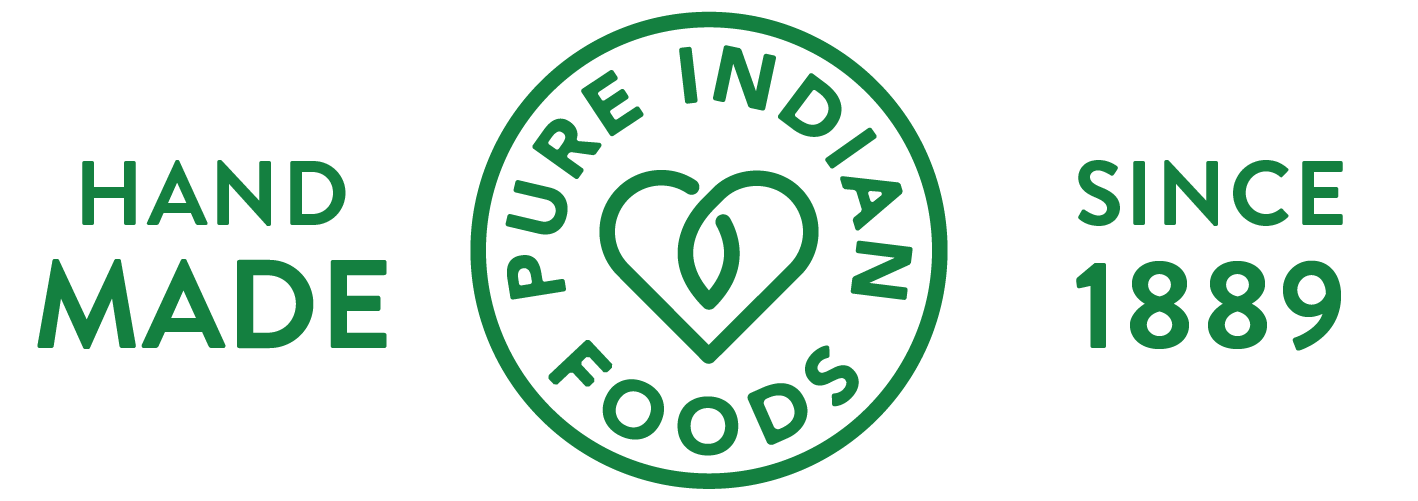OPINION
By Alana Sugar, Certified Nutritionist
There’s no substitute for the real thing.
What’s up with so much misinformation out there about food? With all the conflicting information out there, it could drive a person crazy, and I personally find it incredibly frustrating. Take the Mediterranean Diet for example: For years, I’ve studied the benefits of the Mediterranean diet, a diet loaded with legumes, olive oil, whole grains, fruits, veggies, red wine, and full-fat dairy. It’s a diet that is equally as rich as it is nutritious.
Yet inevitably, I continue to run into articles from yet another “leading health expert” who will tell us all about how to follow this ancient diet – and yet substitute some of the core parts with the Westernized version. It will go “eat your beans, your fruit, your veggies; add a little olive oil, have a small glass of wine and then enjoy some fat free yogurt or low fat cheese.” WHAATT????
Let me explain.
You see, fat-free dairy products are not the REAL, WHOLE FOOD version of diary that is a part of the Mediterranean diet. People in these areas would never, ever consider eating fat free yogurt or low-fat cheese – it’s not natural or particularly healthy. Furthermore, the “health expert” recommendations of legumes, fruits, veggies are right on, but the olive oil is consumed in far greater amounts than “a little,” and I can tell you first hand that a small glass of wine is more than “a little” inaccurate. As far as the low-to-no-fat dairy — that comes basically out of nowhere in this time-space reality. And I rarely if ever see mention of lamb, sausage, eggs, chicken, goats and guinea fowl.
My point being that the Mediterranean diet is about elegance and abundance of food… natural, grown in or raised on healthy soil. It’s rich and oozing with culture and art. Any attempt to make it less or basterdize any of it is… well, unsavory at the very least.
Whilst hanging out in Sicily—relaxing and enjoying the food, people, and sunshine on the Mediterranean—I was very busy people-watching. Now, I’ve always been a people watcher. But I’m more the type of watch-what-people-around-the-world-eat-when-you-travel-type people watcher. And let me tell you – these people were not eating whole wheat pizza crusts and whole wheat pasta and non-fat yogurt and low-fat cheese with torturous teeny tiny tastes of wine. NO! OK, YES, they do eat some whole grains like farro, cornmeal, and some whole grain breads but I mostly saw white flour bread that was golden in color from the durum wheat (semolina) flour they use – it’s mighty gorgeous and sooooo delicious! I never saw anyone eating fat free yogurt and low-fat cheese and they were certainly not on the menu in any of the restaurants I ate at. What about legumes? Yes, but often accompanied by meat or fish as part of a meal or in stews and soups. People enjoy a variety of food along the Mediterranean, including offal found in Sicilian street-food (guts, livers, kidneys, brains, and more), a variety of cheeses from sheep, goat and cow and more than just a smidgen of wine.
“So what’s your beef about soy?”
My next “beef” – no pun intended – is all about soy foods. There is this mindset among some here in the West that all soy is bad; and it is simply not true! I grew up in Hawaii on a mostly Japanese diet. My nephew has been living in Japan with his family for more than 10 years and has spent a good deal of time in Okinawa where the elderly are famous for living past the century mark (even to 110-112 years!). There are more centenarians in Okinawa than anywhere else in the world, and they, along with the Japanese, eat lots of soy foods… they love tofu, soymilk, edamame, natto, miso and shoyu (soy sauce). Soybeans are so respected and adored, they stand alone, as their own special food category. They don’t take the place of meat like they do in a vegan diet, but rather they are devoured alongside the meat/eggs/fish, including pork! And let me tell you that all of the pig is available for sale and put to good use … not just the little bit of ham hanging off the pig’s whatever or the bacon stuck to the pig’s ribs. NO! We’re talking EARS, FEET, LIVERS, HEADS … you get the picture!
So tell me, how is it possible for all these old people eating all this soy to be so healthy? They dance, they garden, they walk, they hike, they ride bicycles, they cook. But the one thing they don’t do is OVEREAT like we tend to do, The portions are often less and the foods are often lower in fat calories (tofu, edamame, rice, pickles, fish, fruit, veggies) and higher in starch (rice, noodles, bread, sweet potatoes (beloved in Okinawa). They eat plenty of eggs in Japan, along with lots of fish. The Okinawans love their pork, and soy is part of their daily diet, too, just like the Japanese. Soy is eaten as fermented natto (often in hot rice with raw egg and miso soup), tofu in miso soup but also steamed, sautéed, fried, boiled, etc. eaten with pickles, meats or fish, vegetables, white sticky rice and condiments and sauces. Plus, there’s homemade soymilk and the daily use of shoyu/soy sauce (which traditionally is the dark liquid that rises to the top of the miso as it vat-ferments over the years).
I wish we could just get the straight story on what other people are really eating without it having to be politically correct or aligned with someone else’s idea of a healthy diet. If we knew the truth of what a lot of these people around the world are really eating, it may well-surprise a lot of us Westerners. It may shock us, in fact!


Leave a Reply